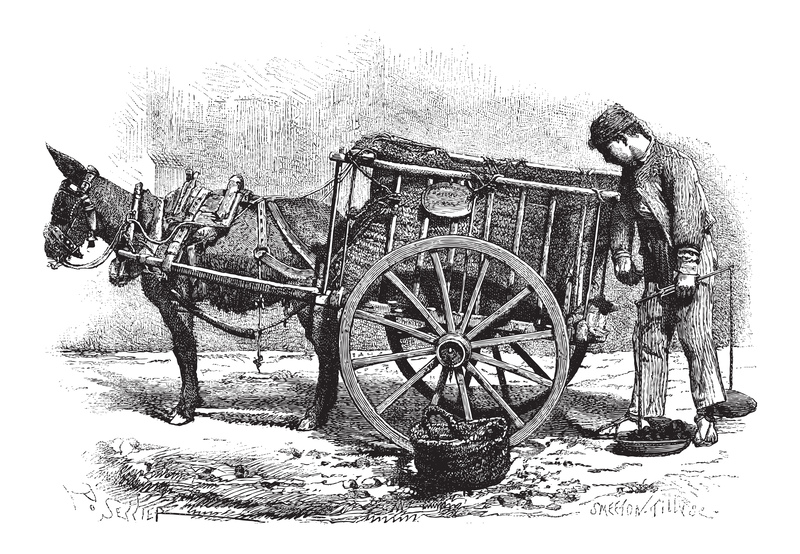Examining London's Standing in Terms of Recycling & Cleanliness
Posted on 06/02/2025
London, one of the world's most famous cities, is known for its rich history, cultural diversity, and bustling city life. However, when it comes to recycling and cleanliness, how does this city fare? In recent years, there has been a growing awareness and emphasis on sustainable living and preserving the environment. Many cities have taken significant steps towards implementing effective recycling programs and promoting a cleaner environment. So where does London stand in terms of recycling and cleanliness? Let's take a closer look.
Recycling in London
When it comes to recycling, London has made some progress but still has room for improvement. According to data from the Department for Environment, Food and Rural Affairs (DEFRA), London currently recycles 33% of its household waste, which is below the national average of 45%. This means that more than half of the city's waste still ends up in landfills.
One of the main reasons for this low recycling rate is the lack of consistency in recycling practices across different boroughs in London. Each borough has its own recycling policies and collection procedures, making it confusing for residents to know what can or cannot be recycled. As a result, many recyclable items end up being thrown into general waste bins.
However, efforts are being made to improve this situation. The Mayor of London has set a target for the city to reach 50% recycling rate by 2025. Additionally, initiatives such as "Recycle for London" have been introduced to encourage residents to recycle more and reduce their carbon footprint.

Cleanliness in London
In terms of cleanliness, London faces several challenges due to its large population and heavy footfall of tourists. The sheer volume of waste produced every day makes it difficult to maintain clean streets at all times. Despite this, the City of London still manages to maintain a good level of cleanliness compared to other major cities around the world.
One of the main reasons for this is the efficient waste management system in place. The city has strict waste disposal regulations and regular waste collections to ensure that garbage is removed promptly. In addition, extensive street cleaning is carried out, and public bins are emptied multiple times a day to prevent overflowing.
However, littering and fly-tipping continue to be major problems in London. Despite the presence of fines for littering and illegal dumping, some individuals still disregard these rules, leading to an increase in litter on the streets.
The Pros and Cons
There are both pros and cons when it comes to London's recycling and cleanliness efforts. On the positive side, the city has made significant progress in terms of creating awareness about recycling and implementing programs to improve recycling rates. Additionally, the efficient waste management system ensures that streets are kept relatively clean. However, there is still room for improvement, as seen from the low recycling rate and ongoing issues with littering.
Tips for Improving Recycling and Cleanliness
For those living in or visiting London, here are some tips for improving recycling and cleanliness:
1. Educate yourself on your borough's recycling policies: Make sure you know what can and cannot be recycled in your area to avoid confusion.
2. Reduce your waste: Try to produce less waste by opting for reusable items, buying products with minimal packaging, or composting food scraps.
3. Dispose of waste responsibly: Use designated bins for different types of waste and avoid littering or illegal dumping.
4. Volunteer for clean-up initiatives: Many organizations carry out regular clean-up activities where volunteers can help keep the city clean.
5. Spread awareness: Encourage friends and family to do their part in reducing waste and promoting a cleaner environment.

Final Takeaways
London has come a long way in its efforts towards recycling and cleanliness but still has room for improvement. The city's diverse population and high tourist traffic make it a challenging task to keep the streets clean, but with continued efforts from the government and residents, there is hope for a cleaner and more sustainable future.
Conclusion
In conclusion, London's standing in terms of recycling and cleanliness is a mixed bag. While the city has made progress in promoting recycling and maintaining a relatively clean environment, there are still challenges that need to be addressed. With the support of its residents and government initiatives, London can continue to make strides towards becoming a more sustainable and clean city. It is up to each individual to take responsibility for their actions and contribute towards creating a cleaner and greener London.






